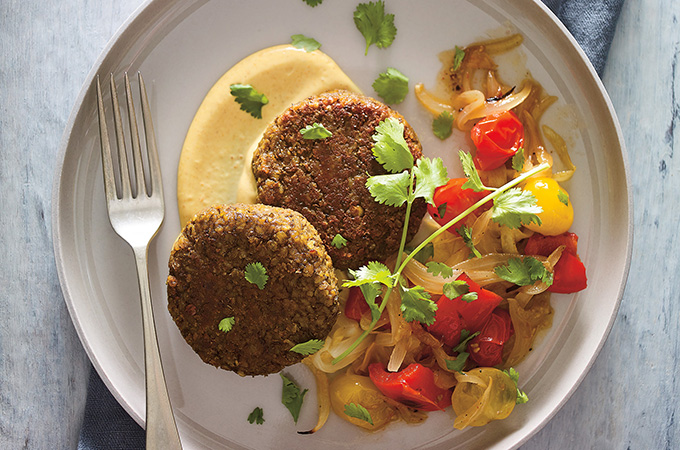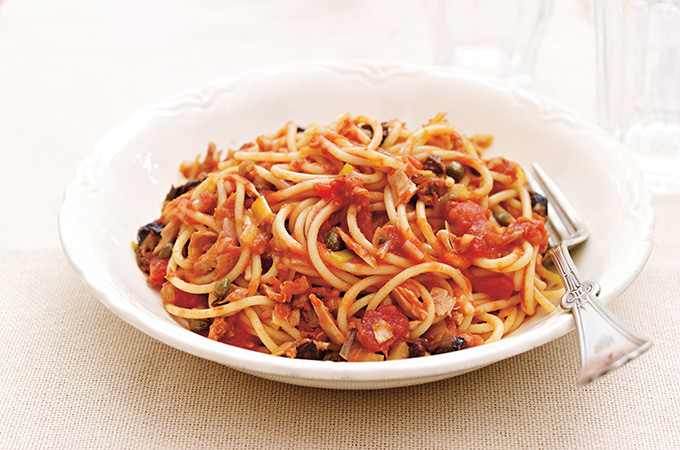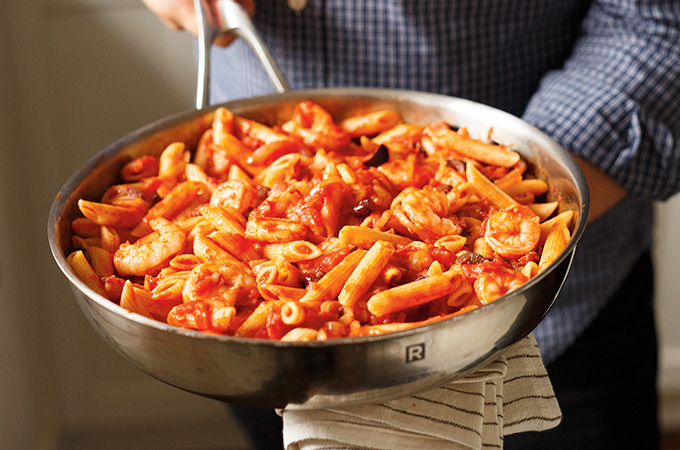The pantry
Here are 5 tips for choosing and coordinating your meals.
1) Planning is the key word: Get organized to make a menu for the next 14 days with what you have at home first. If more items are absolutely necessary, then go to the grocery store afterwards.
2) Clean the freezer and focus on frozen products in grocery stores (fruits, vegetables, seafood, meat). You can also cook foods that can be frozen and saved for later (muffins, soups, spaghetti sauce).
3) Think canned goods and preserves! Anything that stays at room temperature is preferred. There's nothing more practical than having canned tuna, mackerel, anchovies, sardines, legumes, vegetables, fruits and RICARDO cooking sauces on hand, which will allow you to have a tasty meal without spending hours cooking.
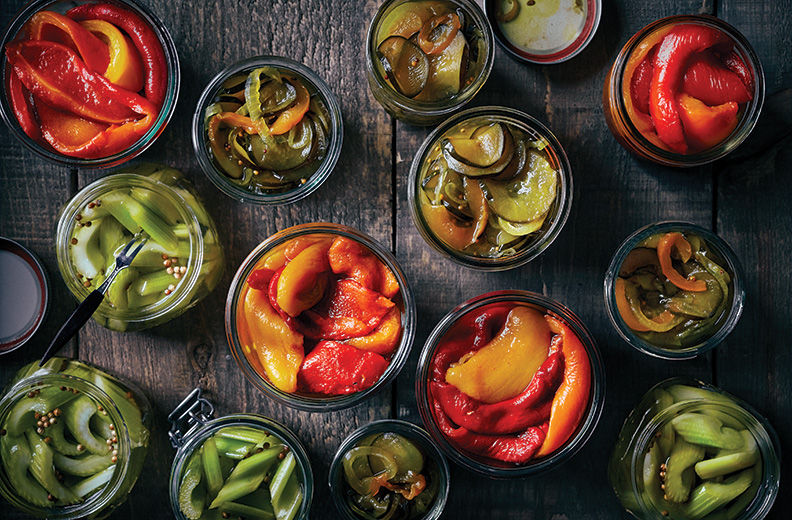
4) Make sure to have a supply of dry goods such as pasta, oats, rice, lentils, nuts and dried fruit, which can be eaten once fresh foods—that have expiration dates—have been consumed. You can even take advantage of this period to make your own bread and bagels. It's time to take flour, salt and yeast out of the pantry.
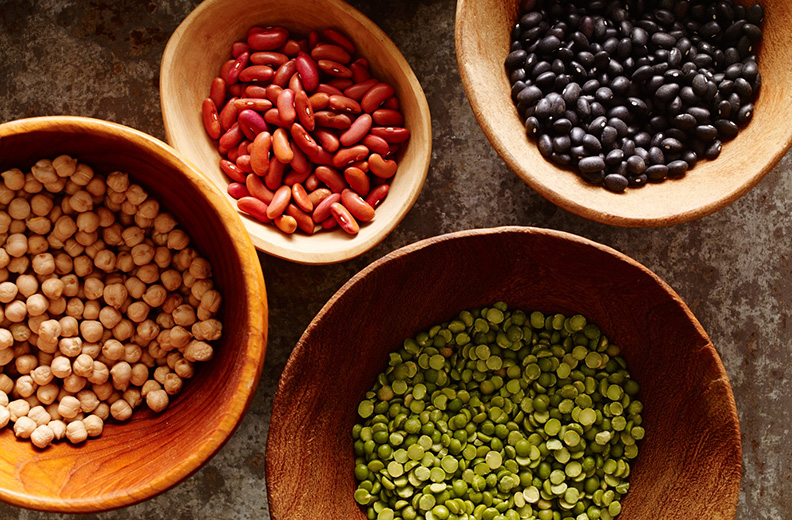
5) In the refrigerator, vegetables and fruit that stay fresh longer should be favoured (root vegetables: potatoes, parsnips, carrots, onions, apples, squash), as well as firm cheeses and eggs. You can even make sure you have foods that are not yet ripe, such as avocados, bananas and pears, so that you can wait a few days before eating them.
Recipes
Here are some recipe suggestions to make with the ingredients in your "survival" pantry.
BREAKFAST
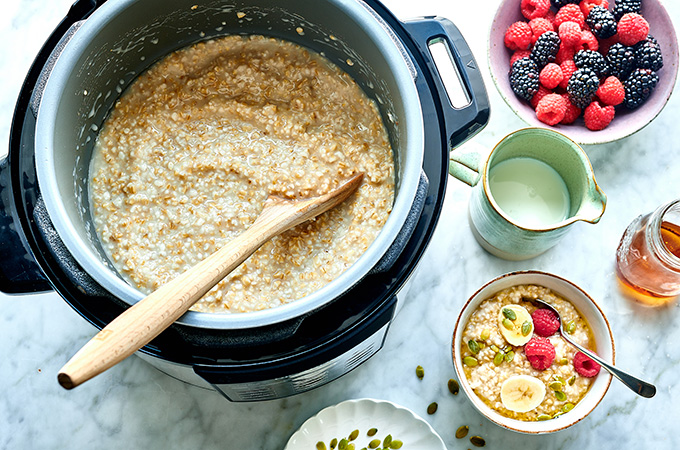
BREAKFAST AND BRUNCH
Pressure Cooker Irish Oatmeal
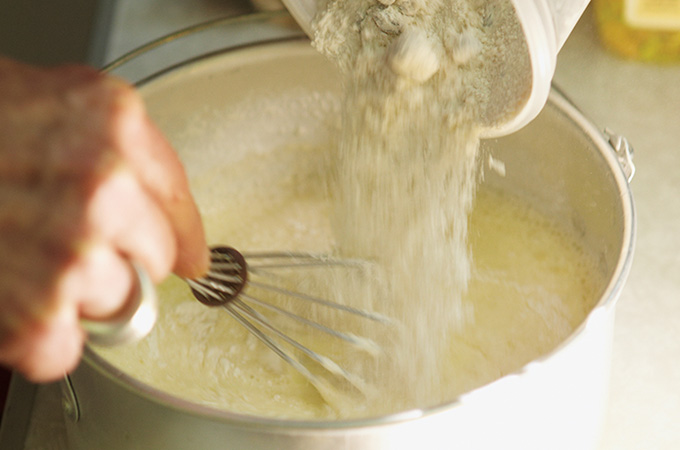
BREAKFAST AND BRUNCH
Blueberry Pancake Dry Mix
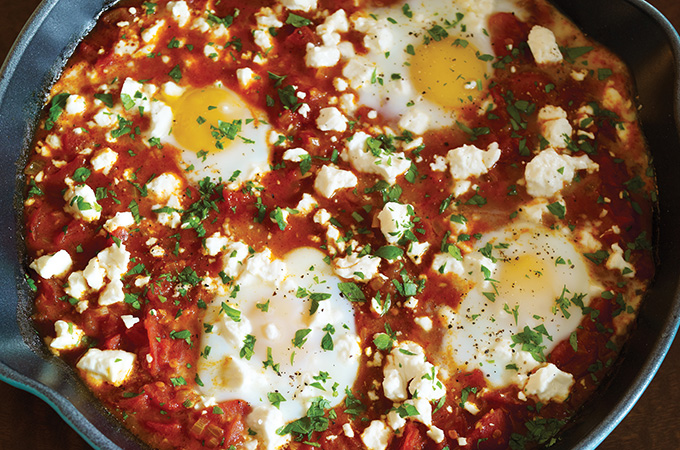
BREAKFAST AND BRUNCH
Poached Eggs in Tomato Sauce

BREAKFAST AND BRUNCH
Banana and Oat Smoothie
LUNCH

SANDWICHES
Tuna Nicoise Sandwiches
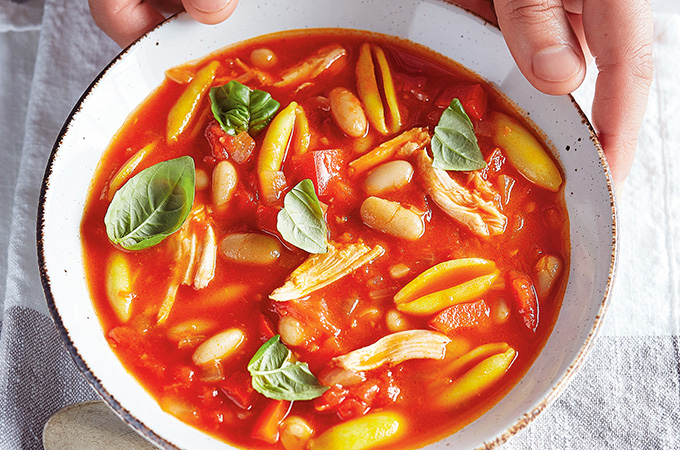
SOUPS AND BROTHS
Minestrone with Tomatoes, Turmeric and Chicken

SOUPS AND BROTHS
Lentil Soup

QUICHES AND SAVOURY PIES
Squash Quiche
DINNER
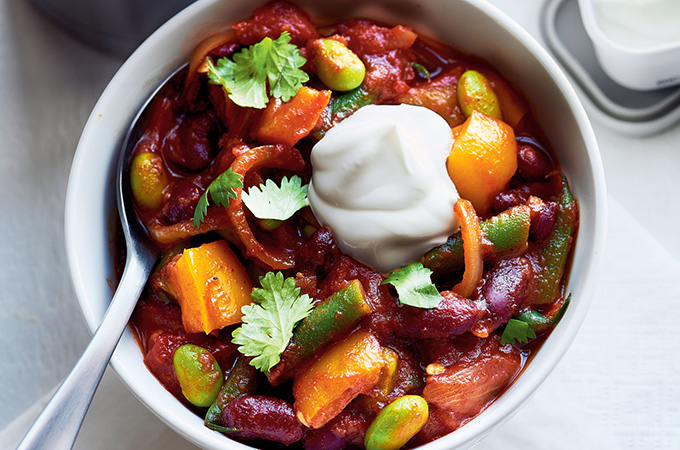
VEGETARIAN
Vegetarian Chile with Edamame
